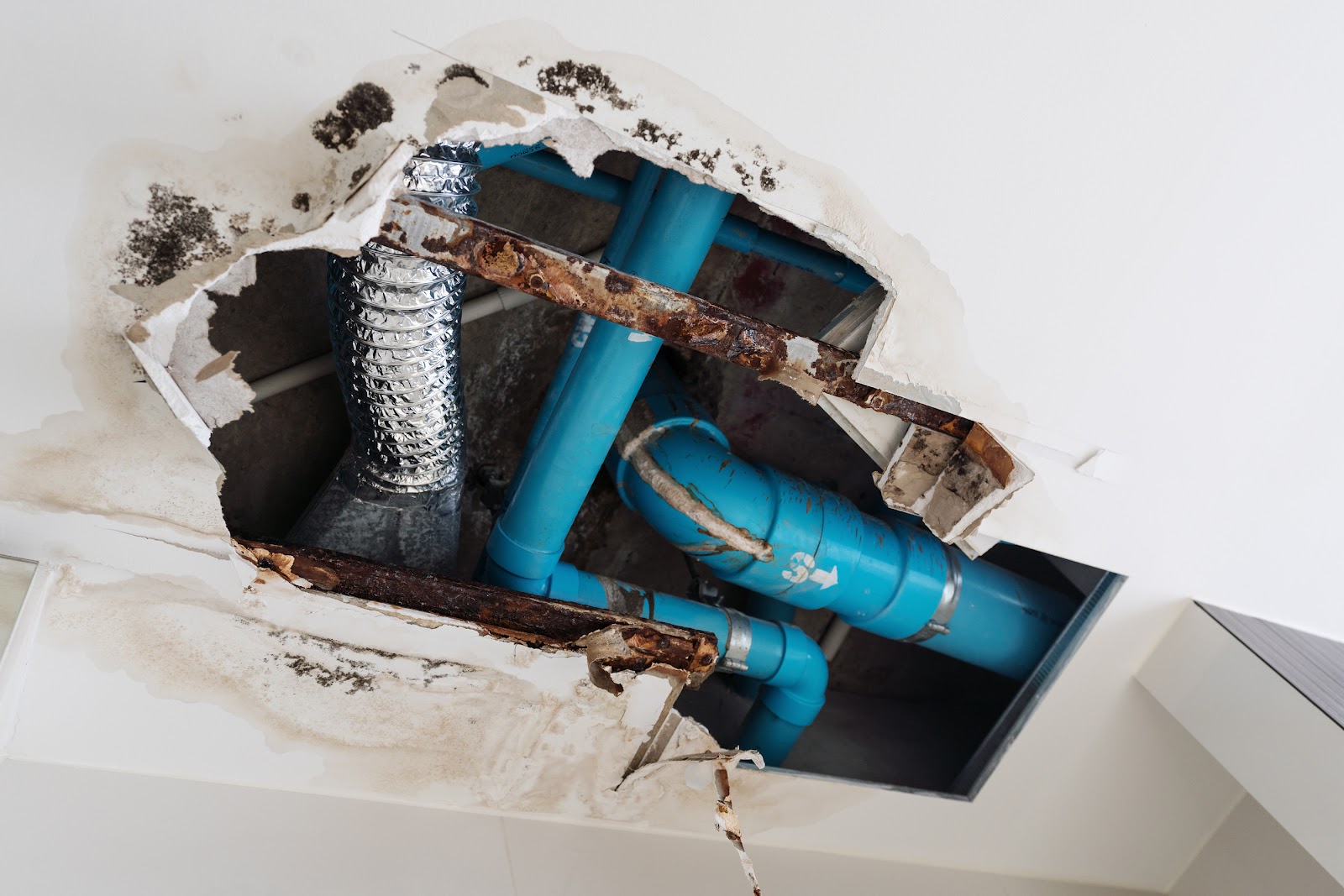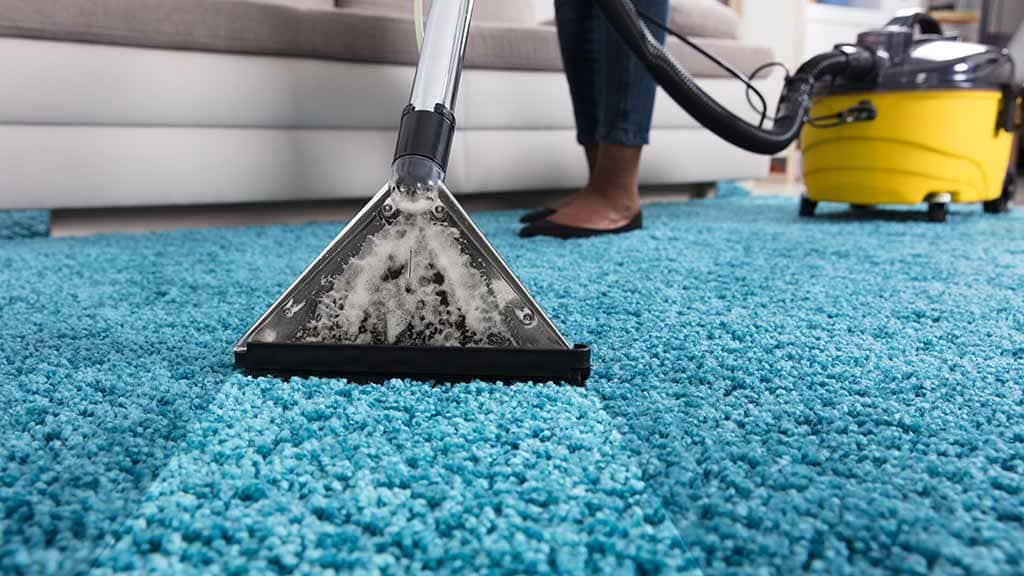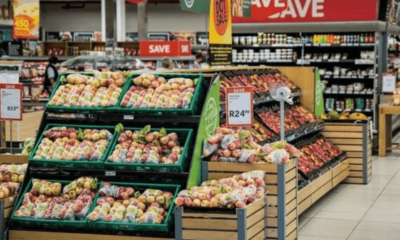Life Style
The Ultimate Guide to Plumbing and Water Damage Restoration: Protect and Enhance Your Home
Published
2 days agoon
By
Salman
Maintaining a well-functioning plumbing system and knowing how to handle water damage are essential aspects of homeownership. By ensuring that your water systems are in top shape, you can prevent costly repairs and maintain a comfortable living environment. This comprehensive guide will provide you with everything you need to know about plumbing solutions, water damage restoration, and how to protect your home from potential water-related issues.
Comprehensive Plumbing Solutions: Keeping Your Water Systems Running Smoothly
Plumbing is the lifeline of your home, delivering clean water and removing waste efficiently. To keep your home’s water systems running without a hitch, innovative plumbing services are essential.
Modern Plumbing Innovations
Did you know? Smart plumbing technology, such as leak detection systems and automated shut-off valves, can save you thousands of dollars by preventing extensive water damage.
Modern plumbing solutions have evolved significantly. From touchless faucets to tankless water heaters, these innovations enhance water efficiency and convenience. Hiring professional plumbers who use the latest technology ensures that your home’s plumbing is both efficient and reliable, and alleviate your plumbing problems.
Effective Water Damage Restoration: Essential Steps to Recovery
When water damage strikes, quick and effective restoration is crucial to minimize harm and restore your home to its former glory. Here’s a step-by-step guide to water damage restoration.
Immediate Actions Post-Water Damage
Quick Tip: Always turn off the main water supply and electricity to prevent further damage and potential hazards.
- Assess the Damage: Identify the source of water and the extent of damage.
- Water Removal: Use pumps and vacuums to remove standing water.
- Drying and Dehumidifying: Employ fans and dehumidifiers to thoroughly dry affected areas.
- Cleaning and Sanitizing: Clean and sanitize to prevent mold growth and remove contaminants.
- Restoration and Repairs: Repair damaged structures, replace drywall, and restore your home to its pre-damage state.
Expert Tips and Techniques: Professional Advice on Plumbing and Water Emergencies
Having access to expert tips can make a significant difference in maintaining your plumbing and handling emergencies effectively. For more information and professional advice, visit https://riskfreeserv.com/ website.
Regular Maintenance Tips
Pro Tip: Regularly inspect your plumbing system for leaks, corrosion, and water pressure issues to catch problems early.
- Routine Inspections: Schedule annual plumbing inspections to detect potential issues.
- Water Pressure Regulation: Ensure your water pressure is within the recommended range to prevent strain on pipes.
- Drain Maintenance: Use natural drain cleaners and avoid pouring grease down the sink to keep drains clear.
Handling Plumbing Emergencies
Interesting Fact: A dripping faucet can waste over 3,000 gallons of water per year. Fixing minor leaks promptly can save water and reduce your utility bills.
- Leak Management: Know how to shut off your water supply in case of a major leak.
- Emergency Kit: Keep an emergency plumbing kit with essential tools and materials.
- Professional Contacts: Have a reliable plumber’s contact information readily available for emergencies.
Preventive Measures: Safeguarding Your Home Against Water Damage
Preventive maintenance is key to protecting your home from water damage and plumbing issues.
Proactive Plumbing Maintenance
Did you know? Regular maintenance of your plumbing system can extend its lifespan and improve its efficiency, ultimately saving you money on repairs and replacements.
- Pipe Insulation: Insulate exposed pipes to prevent freezing and bursting in cold weather.
- Sump Pump Checks: Test your sump pump regularly to ensure it’s functioning properly.
- Gutter and Downspout Cleaning: Keep gutters and downspouts clean to prevent water overflow and foundation damage.
Home Waterproofing
- Seal Cracks: Inspect and seal any cracks in your home’s foundation.
- Install a Backup Sump Pump: Consider installing a battery-operated backup sump pump for added protection.
- Landscaping Solutions: Ensure your yard slopes away from your home to prevent water accumulation near the foundation.
Eco-Friendly Practices: Sustainable Plumbing and Restoration Methods
Incorporating eco-friendly practices in plumbing and water damage restoration is beneficial for both your home and the environment.
Green Plumbing Solutions
Did you know? Installing low-flow fixtures can reduce your water usage by up to 60%, contributing to significant water conservation.
- Low-Flow Fixtures: Install low-flow faucets, showerheads, and toilets to reduce water usage.
- Rainwater Harvesting: Implement rainwater harvesting systems for irrigation and other non-potable uses.
- Water-Efficient Appliances: Use water-efficient appliances like dishwashers and washing machines to conserve water.
Sustainable Restoration Techniques
- Recycled Materials: Use recycled and sustainable materials for repairs and restorations.
- Energy-Efficient Equipment: Opt for energy-efficient drying and dehumidifying equipment during restoration.
- Eco-Friendly Cleaners: Utilize biodegradable and non-toxic cleaning products.
Emergency Preparedness: Importance of a Reliable Plan and Contacts
Being prepared for plumbing and water damage emergencies can significantly reduce the impact and recovery time.
Creating an Emergency Plan
Interesting Fact: Having a well-thought-out emergency plan can reduce the stress and chaos during a plumbing or water damage crisis.
- Contact List: Keep a list of emergency contacts, including your plumber and restoration service provider.
- Emergency Kit: Prepare an emergency kit with essentials like a flashlight, tools, and important documents.
- Insurance Review: Regularly review your home insurance policy to ensure adequate coverage for water damage.
Regular Drills and Education
- Practice Drills: Conduct regular emergency drills with your family to ensure everyone knows the procedures.
- Education: Educate your household members on how to shut off the water supply and handle minor plumbing issues.
By following these guidelines and tips, you can protect your home from plumbing issues and water damage while enhancing its overall functionality and value. Remember, proactive maintenance and being prepared are the best strategies for safeguarding your home against potential water-related problems.
Also Read: Transform Your Home Comfort with Portable HVAC Systems and Smart Home Automation.

Immediate Charge: Revolutionizing Real-Time Investment Trading

5 Signs You Need to Adjust the Targeting of Facebook Ad Campaigns

The Hidden Costs and Risks of DIY Cleaning

The Intriguing World of Private Investigators: Uncovering Hidden Truths

Navigating the World of Property Investments: 5 Key Factors for Success

The Impact of Transparent Banking on Cannabis Market Predictability

The Importance of Precision: Achieving Accuracy in Plastic Injection Molding

Navigating Bankruptcy: 10 Pitfalls to Steer Clear Of

Top 10 Overlapping Skills for Security Guards and Criminal Lawyers

Understanding the Different Types of Senior Homecare Services

Comprehensive Guide to Roofing Takeoff Services, Piping Estimating Services, and Drywall Takeoff Services

Maximizing Efficiency and Accuracy with Construction Takeoff and Estimating Services

Cape Cod Home Additions: Enhancing Your Seaside Living

Los Angeles News and Events

Unlock Your Potential with Pedro Vaz Paulo Coaching

Pedrovazpaulo Executive Coaching

Metal Gear Solid 3 Remake: Everything We Know So Far

12 traditional dances from around the world

Drew Brees Makes His NBC Debut: The Internet Amazed by His New Hair

Streamlining Construction Projects with Mechanical Estimating and MEP Takeoff Services

Immediate Charge: Revolutionizing Real-Time Investment Trading

5 Signs You Need to Adjust the Targeting of Facebook Ad Campaigns

The Hidden Costs and Risks of DIY Cleaning

The Intriguing World of Private Investigators: Uncovering Hidden Truths

Navigating the World of Property Investments: 5 Key Factors for Success

The Impact of Transparent Banking on Cannabis Market Predictability

The Importance of Precision: Achieving Accuracy in Plastic Injection Molding

Navigating Bankruptcy: 10 Pitfalls to Steer Clear Of

Top 10 Overlapping Skills for Security Guards and Criminal Lawyers














